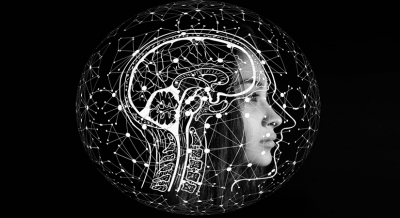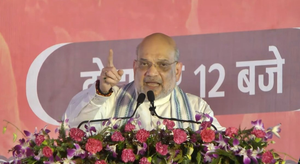
New Delhi, Oct 29: Hormonal changes caused due to pregnancy, or the use of oral contraceptives, and the longer life expectancy are some of the reasons that explain the higher incidences of strokes among women than men, said experts on World Stroke Day on Tuesday.
Stroke is a major cause of disability and death for all people worldwide. But, it is the third leading cause of death in women and kills more females than males, according to the American Stroke Association.
Dr. Atul Prasad, Principal Director & HOD, Neurology, BLK – MAX Super Speciality Hospital, told IANS that longer life expectancy, hormonal factors that are influenced by pregnancy and childbirth, oral contraceptives, and menopause.
Hypertension and heart diseases like atrial fibrillation, an irregular heart rhythm, together with pollution are other major risk factors.
“Women with a history of migraine with aura have an increased risk for stroke, especially along with factors such as smoking or oral contraceptives. Another is preeclampsia — a complication of pregnancy — which doubles the risk of stroke after the fact but is rarely considered,” Dr. Sumit Singh, Chief-Neurology, Artemis Hospitals
The experts noted that women also often have atypical or less-recognised stroke symptoms, such as fatigue, general weakness, confusion or disorientation, nausea, or vomiting, which contributes to late diagnosis and treatment.
“Common symptoms such as slurred speech, sudden weakness, and facial drooping are established in both genders; however, the symptoms in women are more disguised in dizziness, fatigue, nausea, and even hiccups. Such uncommon symptoms often delay judgement or misdiagnosis and are critical in worsening the outcome,” Singh said.
While the treatment and prevention of ischemic stroke are generally similar for men and women, post-stroke rehabilitation programmes for women need to be more gender specific.
“Outcomes are worse, and depression and cognitive decline occur more frequently, with longer times to recover in women compared to men. Thus, stroke recovery must be approached more holistically with mental health support, social integration, and individualised physical rehabilitation,” the doctor said.
The core strategies for preventing ischemic stroke — controlling blood pressure, managing cholesterol, avoiding smoking, and maintaining a healthy lifestyle — are the same for both men and women.
However, Prasad stressed the need for women to regularly monitor for stroke risk if they are taking birth control pills, or undergoing Hormone replacement therapy (HRT). Women with a history of preeclampsia also need long-term follow-up.
–IANS





